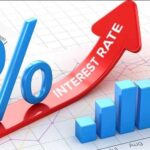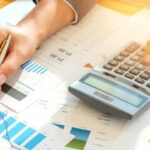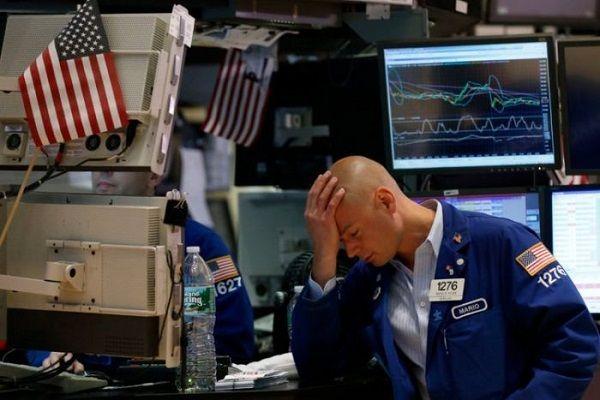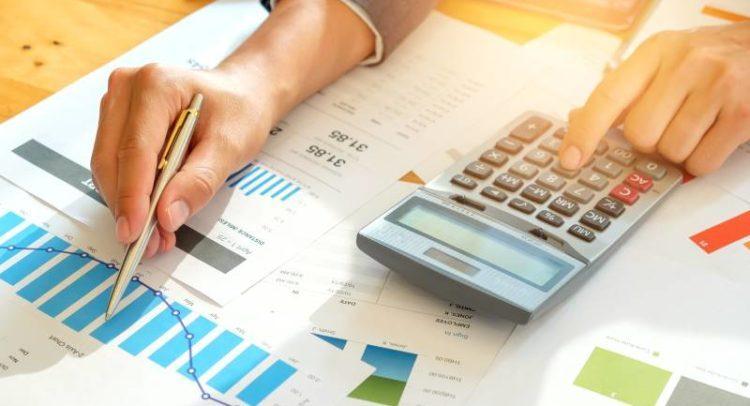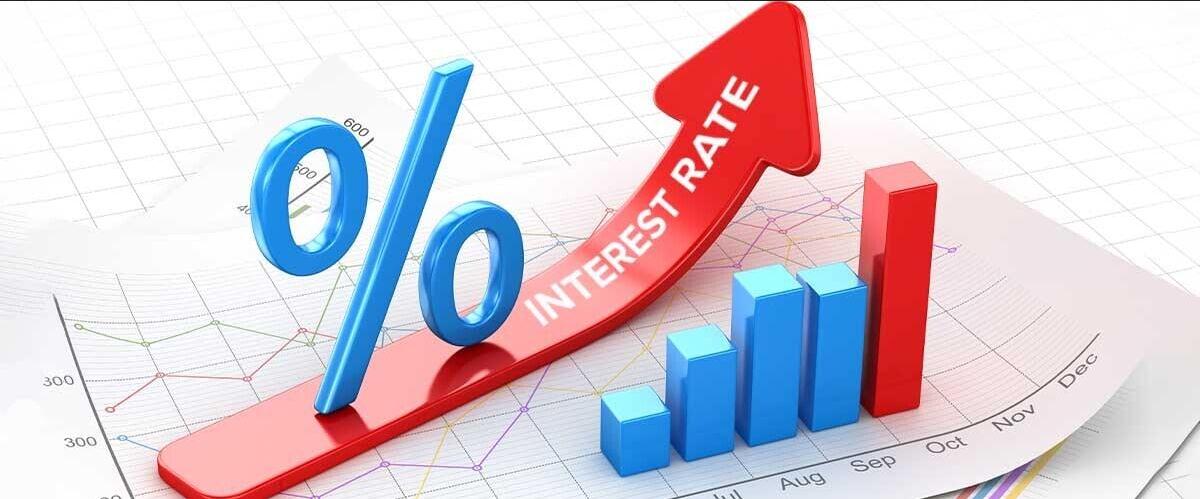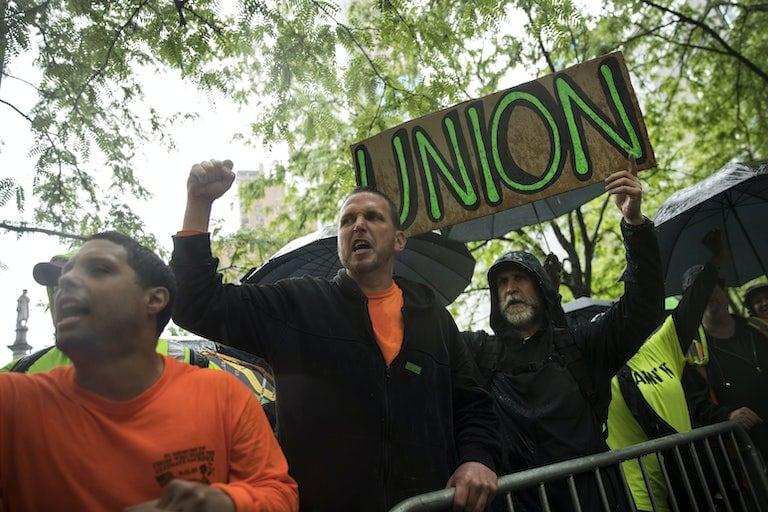With the threat of a global economic recession by 2020, which is constantly talked about in the economic media, as well as the processes of economic recession in Argentina and Venezuela, it is worth taking a detailed look at this concept.
A recession is a macroeconomic term that refers to a significant drop in economic activity in a certain region. It is typically recognized when two consecutive quarters of economic decline are recorded, reflected in a negative GDP and in conjunction with monthly indicators such as unemployment. Recessions – in the United States – are officially declared by a committee of experts from the National Bureau of Economic Research (NBER), who determine the peak of growth and its subsequent declines in the economic cycle, which shows a recession.
Recessions are visible in industrial production, employment, real income, and retail product sales. The official definition of recession measures two consecutive quarters of negative economic growth, as measured by a country’s GDP, although the National Bureau of Economic Research does not necessarily need to see this occur to say a recession exists, and uses data reported monthly. to determine the arrival of a recession. So quarterly declines in GDP don’t always align with the decision to declare a recession.
Understanding the concept
Since the First Industrial Revolution, the trend of macroeconomic growth in most countries has been economic growth. Alongside this long-term economic growth, there have been short-term fluctuations when the most important macroeconomic indicators have shown falls or even open declines over periods of six months, or even several years, before returning to their growth trend of long term. These short-term declines are called recessions.
Recession is a normal, although not pleasant, phenomenon of the economic cycle. Recessions are characterized by a wave of business failures and often bank failures, slow or negative growth in output, and high unemployment. The economic pain caused by recessions, although temporary, can have larger effects that disrupt an economy. This can occur due to structural changes in the economy such as obsolete companies, industries and technologies that fail and are swept away; dramatic policy responses to the economic cycle by governments and monetary authorities, which can literally rewrite the rules of business; or social and political upheavals resulting in widespread unemployment and economic distress.
Indicators that can predict a recession
There is no single way to predict how and when a recession will occur. Aside from two consecutive quarters of negative economic growth, economists evaluate several indicators to determine whether a recession is imminent or already underway. According to many economists, there are some generally accepted predictive indicators, which when presented together, can signal a possible recession.
First, there are the leading indicators that historically show changes in growth rates in the face of corresponding changes in macroeconomic trends. As a second point, there is the information published by various government agencies that are accountable for the performance of various sectors of the economy, such as the beginning of new housing projects, new inventory orders by companies, this information is published in the US census. Changes in this information could slightly occur or move simultaneously with the beginning of a recession, in part because this information is used to calculate the components of GDP, which is ultimately used to define when a recession begins. Finally there are lagging indicators that are used to confirm that an economy has fallen into a recession after it has begun, such as increases in the unemployment rate.
What causes a recession
Numerous economic theories attempt to explain why and how an economy might derail from its long-term growth trend into a period of temporary recession. These theories can be broadly categorized because they are based on real economic factors, financial factors, or psychological factors, with some theories building bridges between one and other explanatory factors.
Real economic theory
Some economists believe that real changes and structural variations in industries better explain how a recession occurs. For example, a sudden, sustained rise in oil prices due to a geopolitical crisis could simultaneously increase costs for several industries, or a revolutionary new technology could quickly make a set of industries obsolete, in both cases triggering a recession. extended. Real business cycle theory is the best example of these theories, explaining recessions as natural reactions of rational market agents to one or more negative, unanticipated shocks in the economy.
Theory of financial factors
Some theories explain recessions as dependent on financial factors. These usually focus on the overexpansion of credit and financial risks during good economic times preceding recessions, or the contraction of money and credit at the beginning of recessions, or both. Monetarism , which blames recessions on insufficient growth in the money supply, is a good example of this theory . The business cycle theory of the Austrian school creates a bridge between real and financial factors by exploring the relationships between credit, interest rates, the time horizon in the plans of market participants in production and consumption, and the structure of relations between specific times of productive capital goods.
Psychological theories
Psychological theories of recession tend to look at excessive exuberance and optimism during times of economic boom or deep pessimism in recession environments as explanatory factors for whether a recession occurs or may persist. Keynesian economists fit this theory perfectly, as they point out that when a recession begins, for whatever reason, the “gloomy animal spirit” of investors can lead to self-fulfilling prophecies of cuts in investment spending based on pessimism in the market, which leads to a decrease in income, which in turn leads to a decline in consumer spending. The theories of Hyman Minsky, an American economist, seek the cause of recessions in the speculative euphoria of financial markets and in the formation of financial bubbles that inevitably burst, combining psychological and financial factors.
Recessions and depressions
Economists say there have been 33 recessions in the United States from 1854 to 2018. Since 1980, there have been four such episodes of negative economic growth that were considered recessions. Well-known examples of recessions include the global financial crisis of 2008 and the great depression of the 1930s.
A depression in a deep and long recession. While there are no specific criteria for declaring the existence of a depression, unique characteristics of the Great Depression include a drop in GDP exceeding 10%, an unemployment rate that briefly reached 25%. Simply put, a depression is a severe decline in the economy that lasts for many years.



